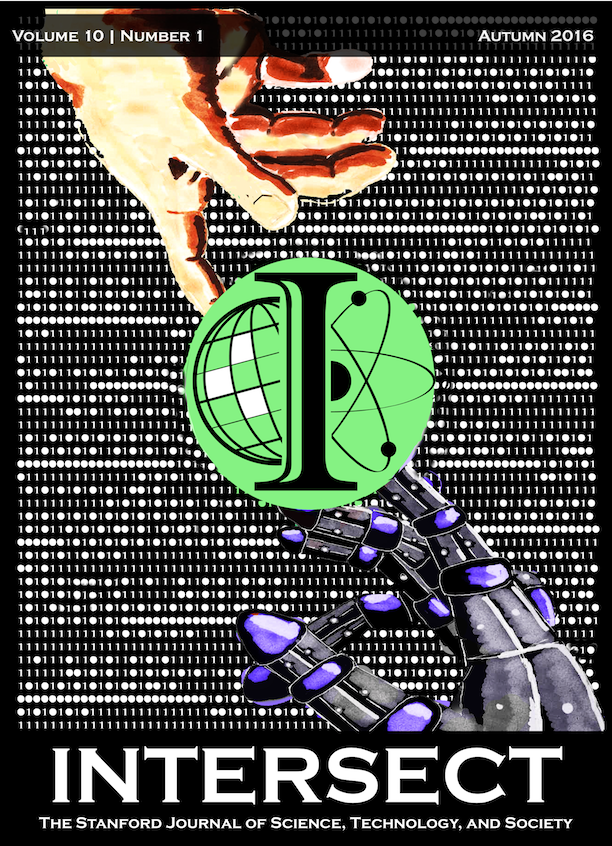The Computational and Aesthetic Foundations of Artificial Empathy
Abstract
Many pioneers in technology, from Elon Musk to Bill Gates, have expressed caution regarding the advance of artificial intelligence (AI) technologies. Socially, a "doomsday" scenario of AI dominating humanity is entrenched in popular culture, ranging from movies to political worries of the role of AI in military organizations. However, this fear is based on an assumption that intelligence is the only facet of the human experience that researchers seek to replicate. The AI agents portrayed as harmful are those that can understand their surroundings, store large amounts of data, possess advanced knowledge, and have the capability to coordinate, kill, and destroy far beyond humans. On the other hand, these portrayals of AI do not show artificial empathy, compassion, and love that even approach the same level of humans. In this paper, I plan to investigate the scientific and computational foundations of artificial empathy, and the aesthetic methods of making it appear genuine. Using an interdisciplinary approach, I aim to show that artificial empathy is not only possible, but also necessary for a positive future for artificial intelligence.
Downloads
Published
Issue
Section
License
Authors who publish with this journal agree to the following terms:- Authors retain copyright and grant the journal right of first publication with the work simultaneously licensed under a Creative Commons Attribution License that allows others to share the work with an acknowledgement of the work's authorship and initial publication in this journal.
- Authors are able to enter into separate, additional contractual arrangements for the non-exclusive distribution of the journal's published version of the work (e.g., post it to an institutional repository or publish it in a book), with an acknowledgement of its initial publication in this journal.
- Authors are permitted and encouraged to post their work online (e.g., in institutional repositories or on their website) prior to and during the submission process, as it can lead to productive exchanges, as well as earlier and greater citation of published work (See The Effect of Open Access).

